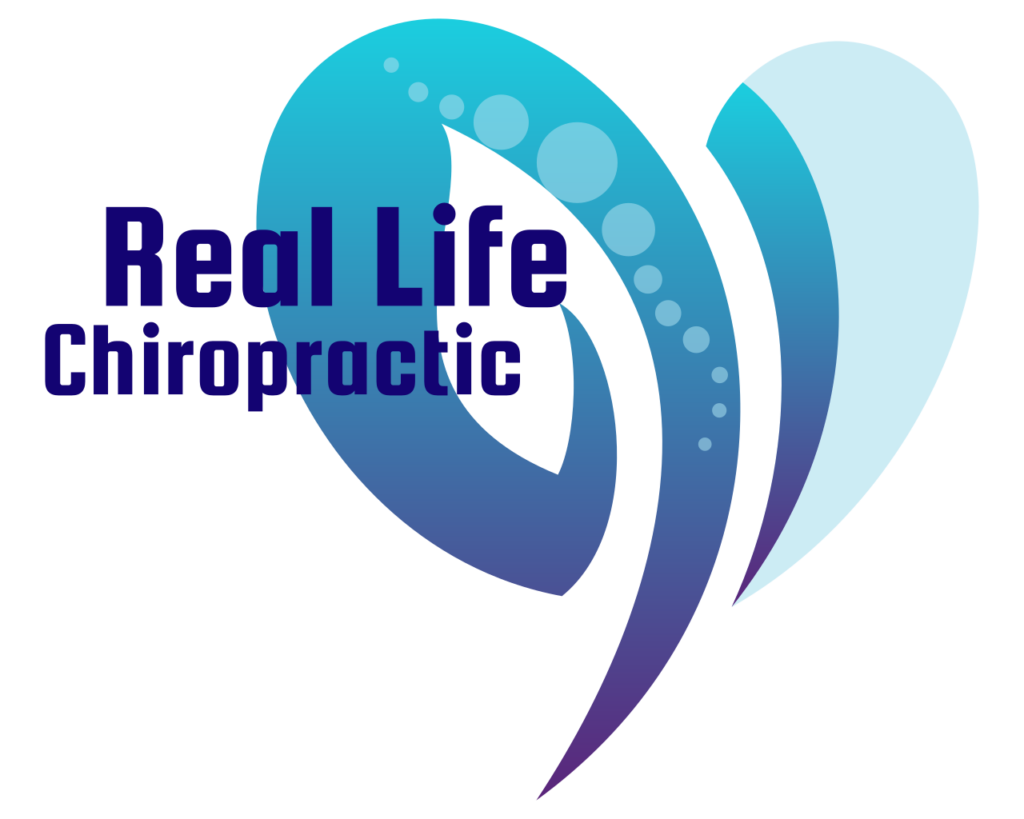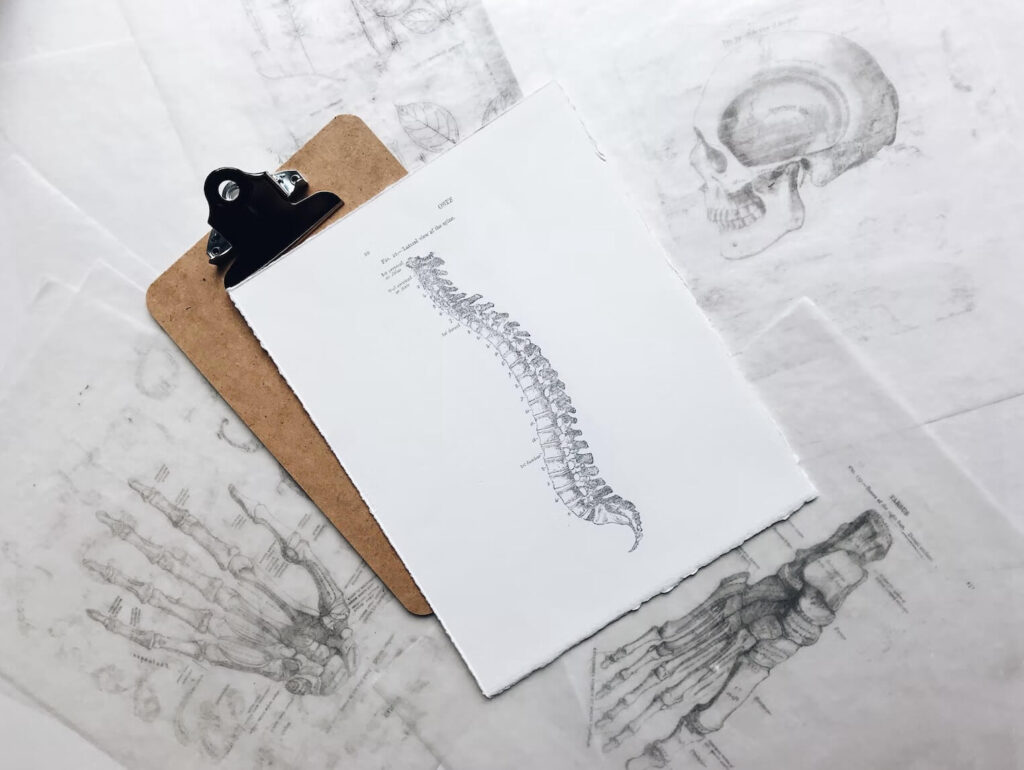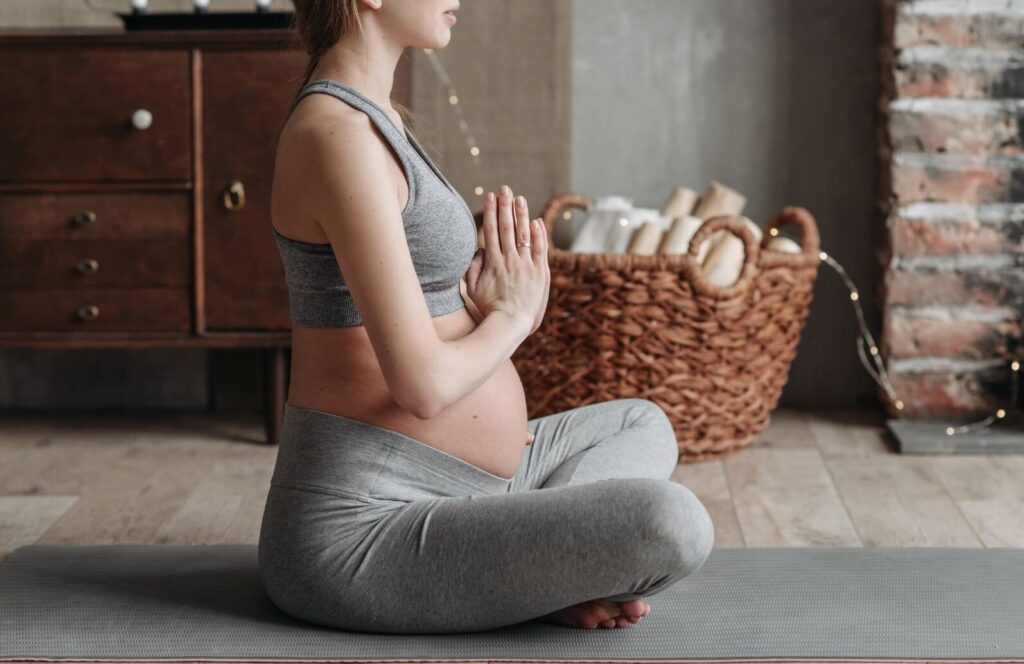Really all the vitamins and minerals are very important to have during pregnancy. I wanted to point out just a some of the big ones in this post.
We’ve already discussed calcium in depth. Although, adding Vitamin A and Vitamin D are also very important for bone and teeth development in the growing baby, as well as to support moms teeth and bones. Vitamin A is also important for eye and skin development and also helps with the immune system. Vitamins A and D are fat soluble and are better absorbed with a more fatty meal such as with eggs, or meat. Although, if digesting fats causes issues with your gallbladder, or if you don’t have a gallbladder, then there is a way to help with that. That information is for another post though.
All of the B vitamins are important for nervous system development. It’s also vital to remember that mom needs to be taking in enough for baby as well as for herself. B vitamins are found in fish, eggs, and meat products but can also be found in nuts, and some grains. Other key ingredients that must be in the diet for a healthy nervous system is folate (Natural form found in food, synthetic is folic acid) and fish oil.
Other minerals important to look out for are iron and iodine. Iron helps with producing hemoglobin, and prevents anemia. It also helps prevent low birth weight. Iodine is one of the most deficient minerals in babies born today because western societies do not get enough of it in the diet. Sea vegetable’s and sea food has high amounts of iodine. This mineral promotes the proper function of the thyroid gland, is a mood stabilizer and protects the body from toxins such as chlorine and fluoride. Iodine deficiency has also been linked to a decline in cognitive function and to autism if mother is low during pregnancy.1,2
There are many other vitamins and minerals that are important for a pregnant mothers’ needs. I feel that these are the big ones to consider.
References:
Choudhry, H., & Nasrullah, M. (2018). Iodine consumption and cognitive performance: Confirmation of adequate consumption. Food science & nutrition, 6(6), 1341–1351.
Adams, J. B., Holloway, C. E., George, F., & Quig, D. (2006). Analyses of toxic metals and essential minerals in the hair of Arizona children with autism and associated conditions, and their mothers. Biological trace element research, 110(3), 193–209.
Yours in Health, Dr. Josef Patterson…








